6 Automatic-Only Cars We Wish Were Manual

Back in my days as a staffer for a certain Dearborn-based manufacturer, I took a call from a gentleman upset because the then-new 2007 Mustang Shelby GT500 didn’t come with an automatic transmission. I’m not sure why that conversation stands out over all the rest. Perhaps it was just surreal to hear somebody in America actually complaining about the lack of an automatic on a performance car, never mind a 500bhp muscle car.
Sadly, it’s a sign of life for motoring enthusiasts in America. For most, the love affair here is with the cars themselves, not the process of operating them.
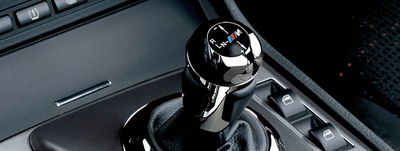
I’m a very strong advocate—as I’m sure most of you are—for manual transmissions. It’s not just a macho thing; driving a manual generally delivers better fuel economy, allows more engine power to reach the road, and encourages safer motoring by forcing drivers to pay more attention. That’s my politically correct argument for the motoring masses on manual transmissions, because enthusiasts already know why manuals are so much better: Give anything a clutch and a stick and we will hoon it like a race car, grinning and laughing the whole time. Even my 1.0-litre, three-cylinder Metro could be a hoot thanks to its five-speed.
Unfortunately, manufacturers tend to spend more time listening to the corporate bean counters, and not enough time listening to what the hearts of enthusiasts desire. We’ve rounded up six cars we reckon are cool and entertaining in their own right, but could’ve been so much better with a manual option.
2010-2013 Ford Fusion Sport
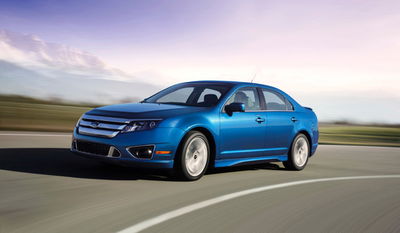
Rumour has it that Ford’s SVT division was considering a hopped-up version of the Fusion when it debuted in 2006. The ingredients were all right there in 2010, including a 263bhp V6 and all-wheel drive on the Sport model. Furthermore, Ford already offered a manual on lower trim levels, so the architecture was in place.
Instead of a manual option for the Sport, however, it was saddled with a six-speed automatic. That’s why sport sedan shoppers continued to look elsewhere, and it’s likely why Ford no longer offers a Sport option for the Fusion.
1997-2004 Pontiac Grand Prix GTP
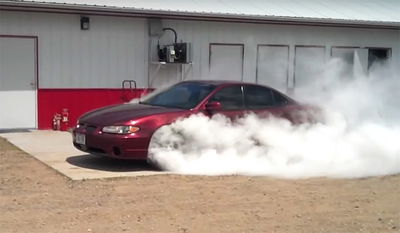
I don’t like to admit it, but I’ve always been a big fan of this car. GM’s 240bhp supercharged 3800 V6 is renowned for both its longevity and hard-hitting low-end torque, and it turned the GTP into what some consider a true front-wheel drive muscle car. Yes, it still had the tacky interior, but the optional heads-up display made drivers forget all about that plastic. Had it been available with a proper manual in place of the four-speed slush box, this already iconic 1990s American performer just might have become a bona-fide legend.
2006-current Dodge Charger

This one really, really hurts. There are V8 engine options ranging from the original 340bhp 2006 Charger R/T to the insane 707bhp 2015 Charger Hellcat. It has rear-wheel or all-wheel drive options. It rides on fully independent suspension with reasonable weight distribution. It has style inside and out, and the soundtrack is as American as hot dogs at a baseball game.
Basically, the Dodge Charger has everything even the most dedicated, die-hard, no-compromise sport-sedan connoisseur could desire—except that all important third pedal. Even Cadillac offers a manual on their hard-hitting sport sedan. Are you listening, Dodge?
2003-2004 Mercury Marauder
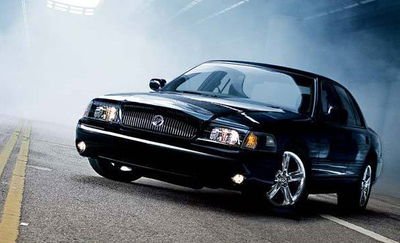
Here’s a little-known fact that makes the Marauder’s story even more disappointing. In 1999, Ford (with help from Roush) built 18 Crown Victorias for a driving school in Arizona. Nicknamed Cobra Vics, these body-on-frame Marauder siblings featured a familiar-looking front fascia with integrated driving lamps, the same Mustang Cobra-sourced 305bhp V8, and a five-speed manual transmission. Yeah, a Crown Vic with a stick, and the Marauder was that close to having one.
It would’ve upped the fun factor, but more importantly, it would’ve solved the main problem behind the Marauder’s poor sales for the two years it was produced. It wasn’t slow, but it takes low-end torque or a proper gearbox to get two tons of sedan moving, and the Marauder had neither. A 2500rpm clutch drop would’ve been a great remedy for such a situation.
1994-1996 Chevrolet Impala SS

It’s easy to understand why GM didn’t go for a manual in the Impala SS. The US auto market in the early 1990s was still evolving through emission regulations and a general public desire for smaller, economical vehicles. As it was basically a dressed-up version of the Caprice police car, the Corvette-powered Impala SS was a low-risk experiment to see what people thought of a big, old school muscle car.
The good news here is that we really don’t need to wonder what a manual-equipped Impala SS would be like—there are conversion kits available to turn any ‘94-‘96 Impala, Caprice, Roadmaster or Cadillac (yes Cadillac) Fleetwood into a tyre-shredding, six-speed V8 monster. Chalk one up for the enthusiasts.
1991 GMC Syclone
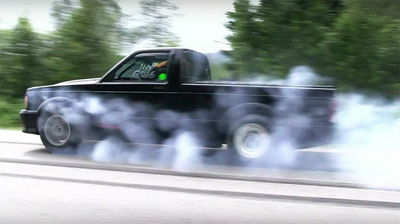
GM turned the motoring world upside down when it unleashed the ridiculously fast Syclone. Ripping to 60mph in four seconds was supercar territory in 1991, and the little pickup did just that thanks to a twin-turbocharged 4.3-litre V6 driving all four wheels. There’s no questioning its awesomeness or status as a performance legend, but imagine for a moment what this truck would be like with a stick instead of a four-speed automatic.
It would have predated such turbo all-wheel drive legends as the WRX and Evo, which wouldn’t arrive in the States for another decade. Would it have changed the face of American performance motoring? Probably not, since the Syclone wasn’t really in that same rally-based genre as its Japanese competition. And realistically speaking, a manual in the Syclone probably would’ve led to more spectacular driveline explosions than killer all-wheel drive donuts. Still, sign me up for that ride…













Comments
No comments found.